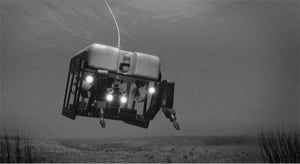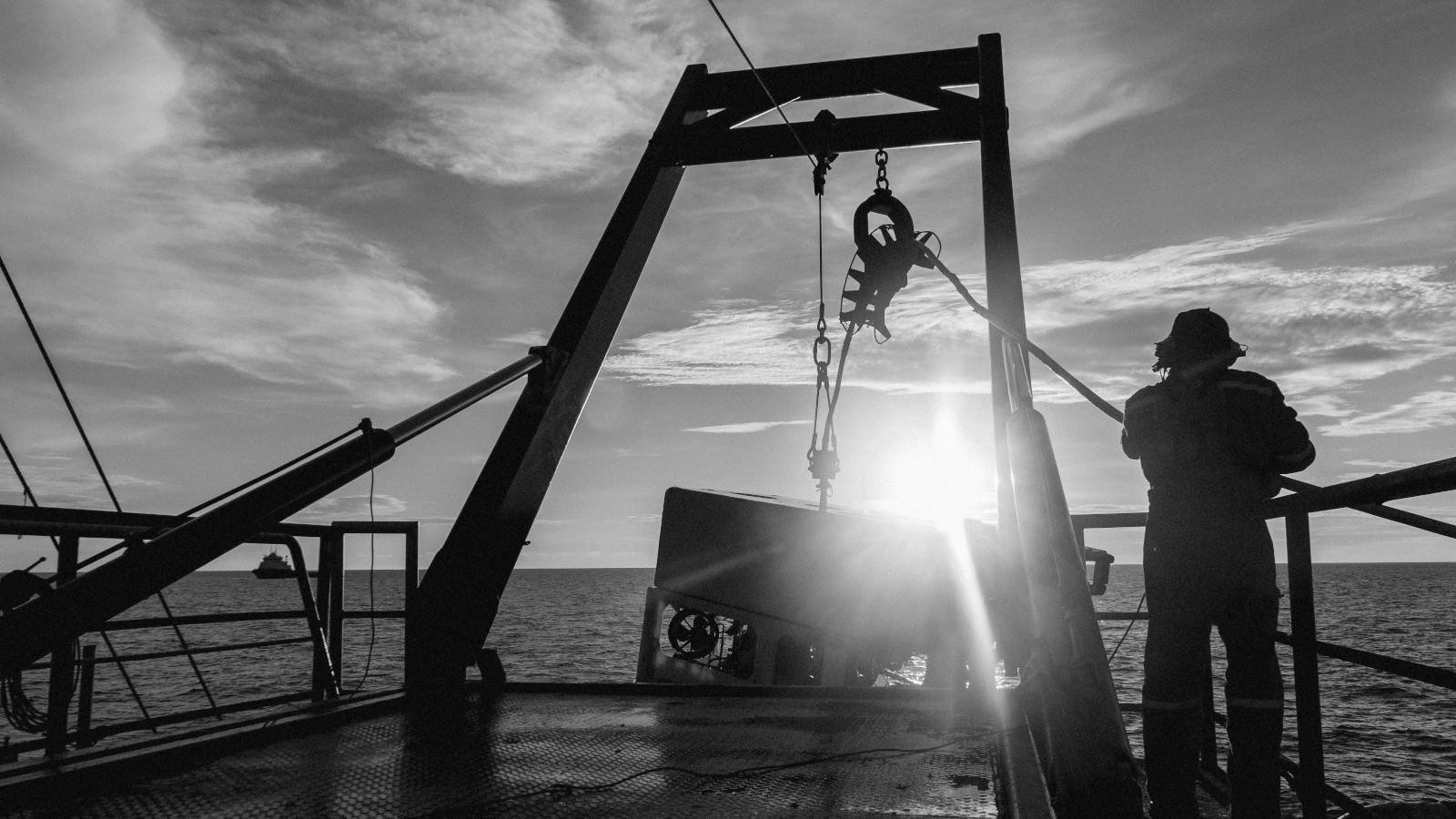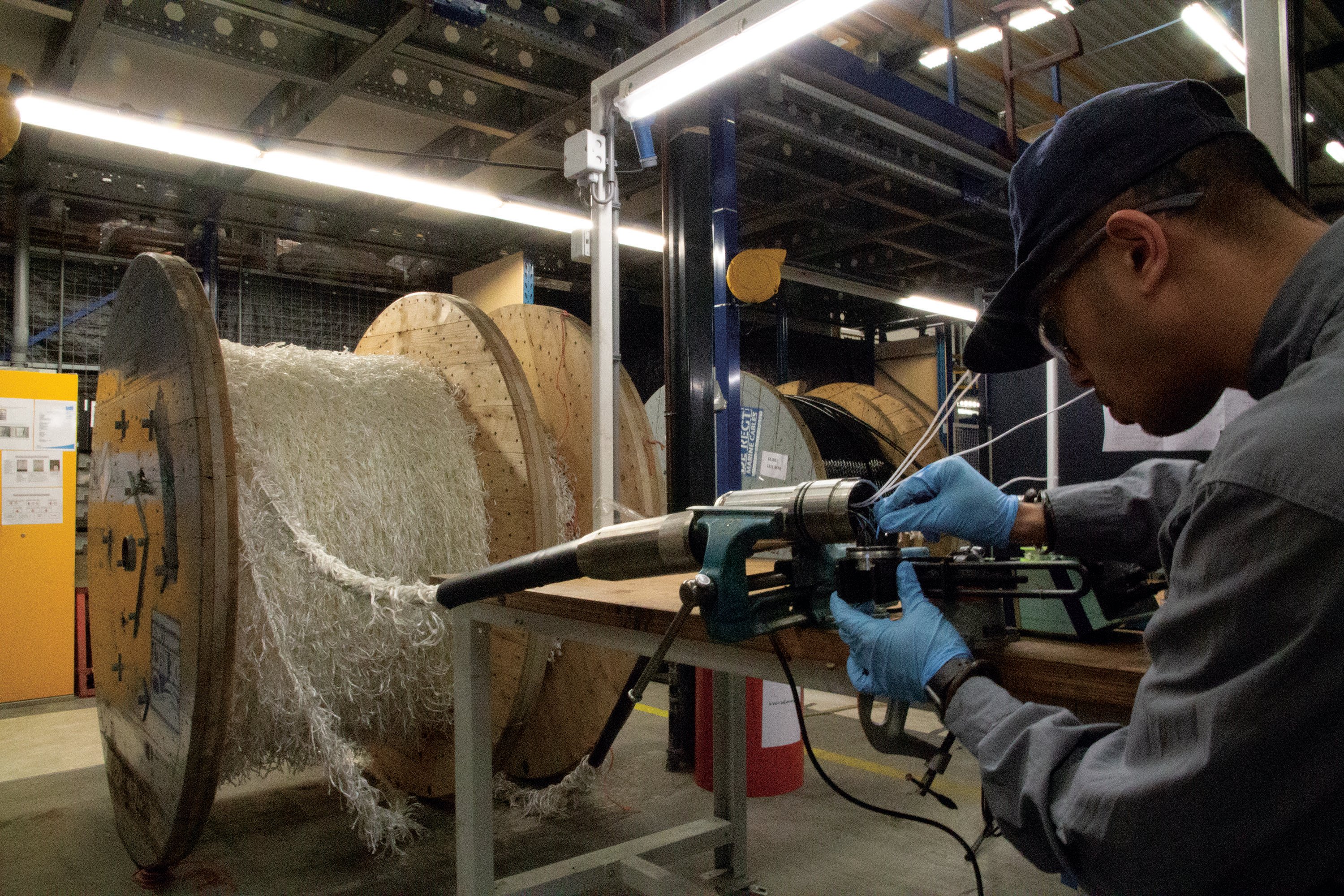As an engineer, your most important goal is to ensure that your subsea project is successful and that all components work properly. However, you often have a strict budget to attend to. Therefore, it is essential to make sure you don't pay too much - or too little. Buying cheap equipment might cost you in the long run, after all.
But how do you know the right price for your ROV Cable? Many factors determine the exact price. I will explain how the total cost is set and the most important factors to consider when worrying about budget and pricing.
Creating Custom ROV Cables: function is everything
ROVs are used for a wide range of purposes. As each purpose requires a different ROV cable construction, offshore cable manufacturers have no such thing as a catalog - but this is a good thing!
Your requirements will be translated into fit-for-purpose designs: the cables and corresponding termination will always be custom-made. This means the customer's requirements will be the starting point for offshore cable manufacturers.

When wondering what determines the price of your ROV Cable, these requirements are therefore leading. The most important one is the purpose of your ROV project. What is the function of the ROV - and what should the ROV Cable be able to do? The deeper the ROV must be able to go, the longer the ROV Cable must be. And should the ROV Cable be able to conduct electricity or data?
In short, the function determines the cable construction to a great extent. Of course, the exact cost of cable construction depends on many factors, but a large part of the cable cost results from the number of layer operations required.
Layer Operations for your ROV Cable
The more layers, the more expensive your ROV cable gets. The amount of layers you’ll need depends on the conditions the ROV Cable will be used in. There are three main types of layer operations:
- Unilay
- Concentric Lay
- Group Lay Construction
- Unilay
When all components are twisted up simultaneously, we call it Unilay. Production costs are lower with this layer operation because everything is twisted up in one go. Unilay is also the most compact construction, so these ROV Cables have the smallest diameter. The downside is that the helix angles of the components differ - and the components in the center have the smallest helix angle. This means these components stretch the most when a cable is loaded. This might cause the copper to fail.
Another disadvantage of unilay is the required back twist compensation. When components are winded in the helix, torsion is generated. This torsion has to be compensated with back twist. This means the reel of each of the components has to be rotated in the opposite direction. As mentioned, the helix angles of the components differ with Unilay. Each helix angle requires its own back twist compensation. This can be adjusted with machines, but the process of adjusting back twist compensation causes torsion to be built up in some of the components. This especially is a problem for long cables - and ROV Cables are often quite long.
- Concentric Lay
To prevent the problem as mentioned earlier, each layer must have the same helix angle (and consequently the same back twist requirements). With Concentric Lay, the ROV Cable has to go through the machine twice. This makes the ROV Cable more expensive, but all the layers have the same helix angle with this technique.
- Group Lay Construction
The latter, Group Lay Construction, is the most flexible construction, making it the most expensive one. When using this technique, the ROV Cable is constructed using four different layer processes. For ROV Cables, Group Lay Construction is not used very often, as it makes the ROV Cable too big and complicated.

The importance of Budget, Function and other Design Considerations
While the available budget is an essential factor to keep in mind, saving money on the ROV Cable is not a wise decision to make within your subsea project. This is because reducing cable costs will often result in issues further down the line. An example of this is shorter life expectancy (which means you have to buy new equipment sooner, costing more money in the long run) or higher downtime risks.
The opposite is also true: not buying the cheapest ROV Cable often reduces downtime and results in better overall performance. In most cases, you have a tight budget, so how can you make sure you spend money on the right equipment?

The answer is: by knowing exactly what you need. As previously mentioned, the exact function of your ROV and the corresponding cable is the most crucial factor to consider. However, there are more important design considerations for your ROV Cable. Knowing what the most important design considerations are, might help you to make the right decisions. In our Webinar On-Demand, Sander van Leeuwen (R&D Manager at DeRegt) highlights all of these design considerations.
Download the Webinar On-Demand on Design Considerations here.
Finding the ROV Cable that fits your specific project
What are the most important factors within your specific subsea project? As every ROV project is different, the same is true for ROV Cables. So how do you know which type of cable, material or layer construction fits your project best?
Our cabling experts have years of experience in the ROV business and they know what is being asked in a wide variety of situations. By discussing your project with one of our specialists, you discover which ROV Cable fits your specific needs best. With a Custom Cable Design, you get to see what the ROV Cable will look like - completely free of charge! Request your own Custom Cable Design here:
With all other questions about your cabling needs, you can contact my colleagues or me here. Our marine cable manufacturers are always happy to help, advise or guide you in your ROV Cable requirements.



